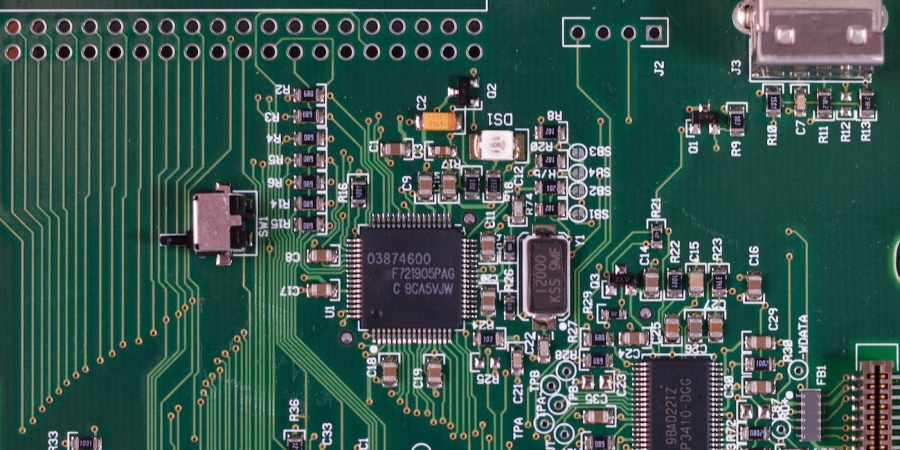

Technology is the use of conceptual knowledge to accomplish practical objectives, particularly in a repeatable manner.(Source: ) The products that come from these kinds of efforts can also be referred to as technology[2]:117 [3] encompassing both material instruments like machinery or utensils and immaterial ones like software. In everyday life as well as science and engineering, technology is indispensable.
The development and uptake of new technology has most frequently changed the human experience, resulting in the best kind of peaceful cohabitation. In order to live with future computer intelligence at scale, new natural interactions will be needed, ones that boost productivity, learning, cooperation, and joy at their heart while making technology invisible and accessible through shared interfaces.
To ensure future advancement and a balanced human existence, building for the built environment will require careful and deliberate thought. By centering the architectural and design process around people and their multimodal requirements, architects, designers, and technologists can work together to shape this next wave of innovation.
These five chances will influence how technology is used in the built environment going forward.
1-Creating Immersion Places.
The demand from consumers for live entertainment surged in 2022 and is still growing. A growing aspect of immersive experience design is bringing people together around a technologically activated place and experience, blurring the lines between digital and physical storytelling. With the increasing cost and power of technologies, we anticipate increasingly dynamic placemaking at the urban level. This will lead to fresh experimentation and involvement in the areas of retail, mixed-use developments, sports, entertainment, hospitality, and urban culture.
2- The Reality Blended.
With the growing use of XR and Digital Twinning, the lines separating virtual reality from the real world are becoming more and more blurred; therefore, it is necessary to investigate and reconsider our spatial and symbolic boundaries for the built environment at all scales. In order to design for optimal livability, socialization, and connectedness, designers must take into account new multisensory user experience (UX) standards as our physical and digital worlds merge.
3- Ongoing Innovation.
Adaptive infrastructure and spaces are here to stay, and people and businesses expect spaces to change more quickly to keep up with shifting environmental and business conditions — not just once every five years, but once every six to twelve months. In order to stay up with the constant evolution and change, infrastructure must be flexible, reconfigurable, and always-in-beta. By refining and optimizing the experience for mutual gain, the provider of the experience and its users are engaging in a feedback loop. Organizations are establishing innovation hubs as efficient spaces to test new technologies and to streamline and expedite innovation practices among partners, customers, and internal teams.
4- Astute Assistance.
If Artificial Intelligence (AI) can replace a service, it most likely will in the future, unless the task or job requires human creativity and imagination. Every service encounter in the future will present an opportunity to grow, learn, and make ever-faster and more accurate predictions about what will happen next. AI assistance will enhance essential services such as government, healthcare, and mobility, freeing up time for meaningful human-to-human communication. Less stress and cognitive overload for high-value specialists as well as increased customer satisfaction are among the significant outcomes. However, in order to attain the ideal equilibrium, individuals will need to put up with the necessary trials required to calibrate novel and sophisticated services.
5- Sustainability As It Happens.
There is still much to learn about the relationships between individual health and climate change. By creating spaces that share real-time performance analytics, we can protect and enhance people's well-being while fostering confidence and trust. Dynamic environmental feedback encourages us to live, work, and play in a way that is most sustainable while also offering real-time environmental education.
There are benefits and drawbacks to designing with technology seamlessly integrated. However, a lot of ideas never materialize due to a lack of vision or unreasonable expectations. Successful projects are built on critical interdisciplinary planning that links the digital and physical customer experiences while taking important operational, business, and user KPIs into consideration. Every industry is requesting more sophisticated technology, and the built environment will start to incorporate it widely within the next ten years.
In conclusion, technology has a bright and promising future. But there are also a lot of risks and difficulties involved. It is critical to consider the possible effects of technology on both our individual lives and society at large as we approach the new decade. A brighter and more sustainable future can be achieved through ethical and responsible technology use.
